Moving Rose Of Sharon – How To Transplant Rose Of Sharon Shrubs
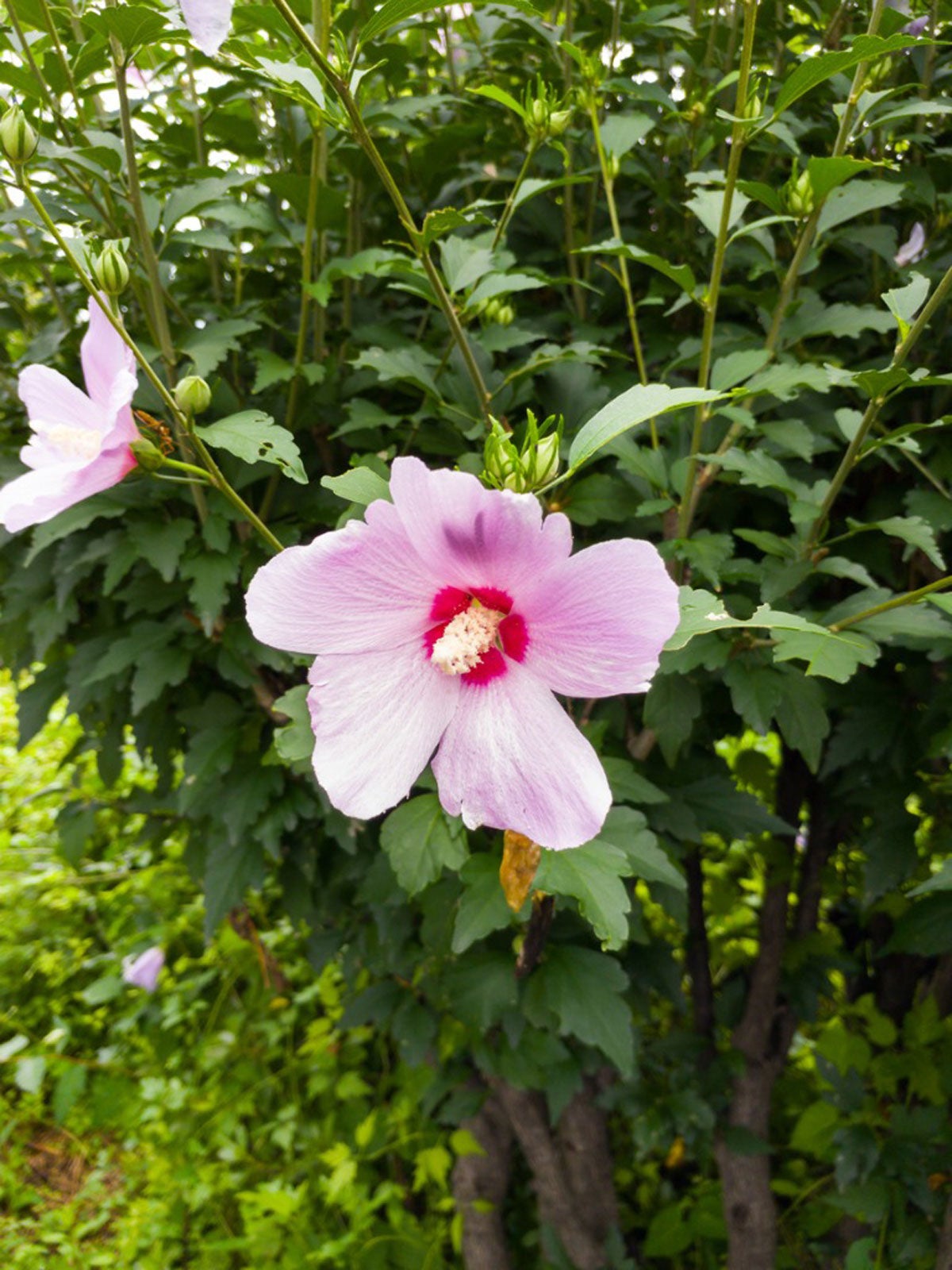

Rose of Sharon (Hibiscus syriacus) is a large, hardy shrub that produces bright showy blossoms that are white, red, pink, violet and blue. The bush blossoms in summer, when only a few other shrubs flower. With a stiff, upright habit and open branches, Rose of Sharon works in both informal and formal garden arrangements. Transplanting a Rose of Sharon shrub is not difficult. Read on for tips on how and when to transplant a Rose of Sharon.
Moving a Rose of Sharon
You may decide that moving Rose of Sharons is the best idea if you find that they are planted in shade or in an inconvenient location. Rose of Sharon transplanting is most successful if you undertake the task at the optimal time.
When do you transplant a Rose of Sharon? Not in the summer or winter. Your plants will be stressed if you try to transplant them when the weather is too hot or cold. Moving Rose of Sharon bushes at these times can kill them.
If you want to know when to transplant a Rose of Sharon, the best time to do it is while the shrubs are dormant. This is generally November through March. It stresses a plant to move it during the growing season, and it will take longer to establish in the new location.
It's best to plan on transplanting a Rose of Sharon shrub in autumn. Moving the shrubs in the fall gives them all winter and spring to establish a strong root system before their flowering period. It is also possible to transplant in spring.
How to Transplant Rose of Sharon
When you are transplanting a Rose of Sharon, preparation of the new site is important. Remove all of the grass and weeds from the new planting location, and amend the soil with organic compost. You can do this toward summer’s end.
When you are done preparing the soil, dig a planting hole. Make it twice as big as you expect the shrub’s root ball to be.
Gardening tips, videos, info and more delivered right to your inbox!
Sign up for the Gardening Know How newsletter today and receive a free copy of our e-book "How to Grow Delicious Tomatoes".
November is a good Rose of Sharon transplanting time. If the plant is very big, trim it back to make transplanting a Rose of Sharon easier. You can also tie up the lower branches if you are afraid you will injure them.
Gently dig around the plant’s roots and try to keep as many of them as you can in the root ball. Lift out the root ball carefully.
Place the plant in its new planting hole so that it is sitting at the same depth as it was in the prior planting location. Pat extracted earth around the sides of the root ball, then water well.

Teo Spengler is a master gardener and a docent at the San Francisco Botanical Garden, where she hosts public tours. She has studied horticulture and written about nature, trees, plants, and gardening for more than two decades. Her extended family includes some 30 houseplants and hundreds of outdoor plants, including 250 trees, which are her main passion. Spengler currently splits her life between San Francisco and the French Basque Country, though she was raised in Alaska, giving her experience of gardening in a range of climates.
-
 4 Superfast Composting Methods: Turn Waste Into Garden Gold In 30 Days Or Less
4 Superfast Composting Methods: Turn Waste Into Garden Gold In 30 Days Or LessTry the fastest composting methods to turbocharge your pile and transform kitchen scraps and garden waste into finished compost in just a few weeks.
By Mary Ellen Ellis
-
 Best Spider Plant Soil – Complete Soil Guide And Expert Tips For Keeping Plants Happy
Best Spider Plant Soil – Complete Soil Guide And Expert Tips For Keeping Plants HappySpider plants are fun and easy plants to grow, but what is the best soil for a spider plant? Selecting the right soil is important so they can thrive.
By Bonnie L. Grant
-
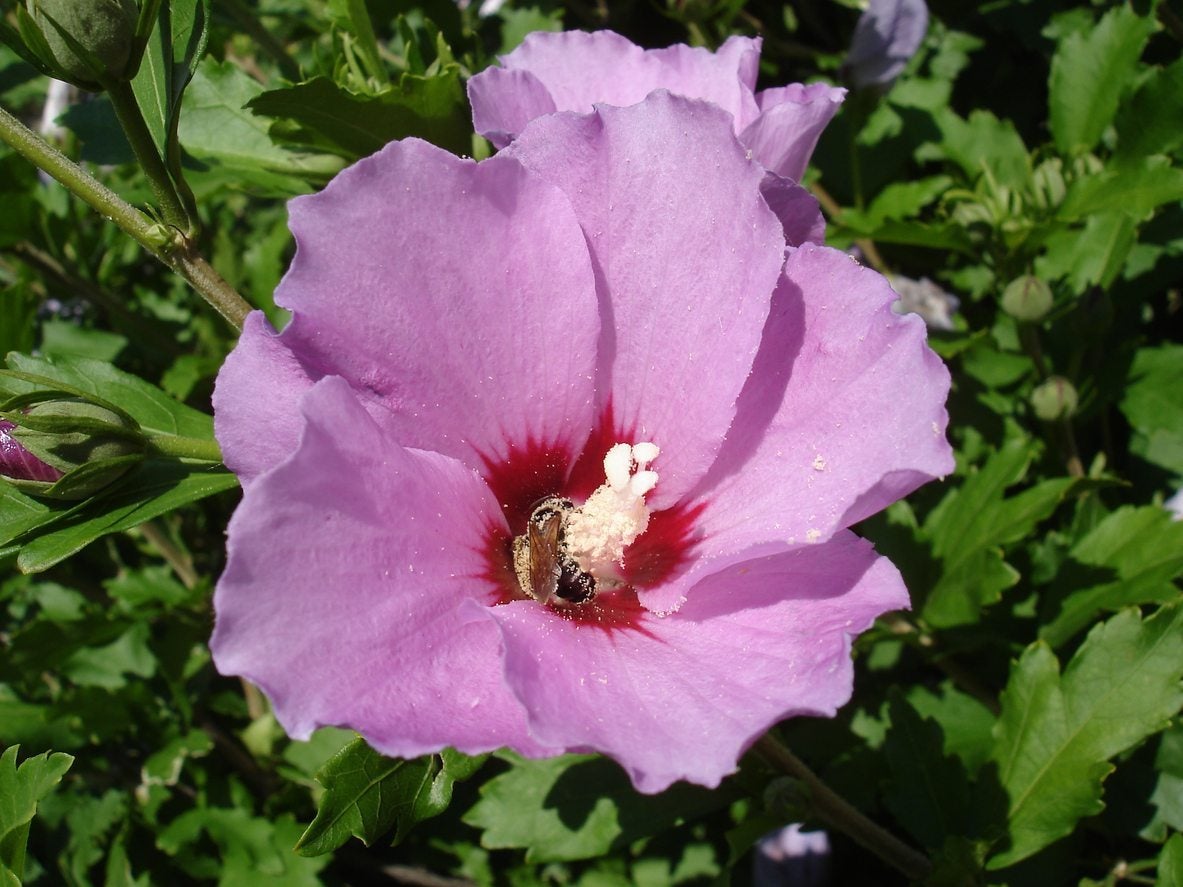 Rose Of Sharon Problems - Dealing With Common Althea Plant Issues
Rose Of Sharon Problems - Dealing With Common Althea Plant IssuesRose of sharon, or althea shrubs as they are commonly called, are usually low maintenance, reliable bloomers in zones 5-8. However, like any other landscape plants, rose of sharon can experience problems with specific pests or diseases. Learn more here.
By Darcy Larum
-
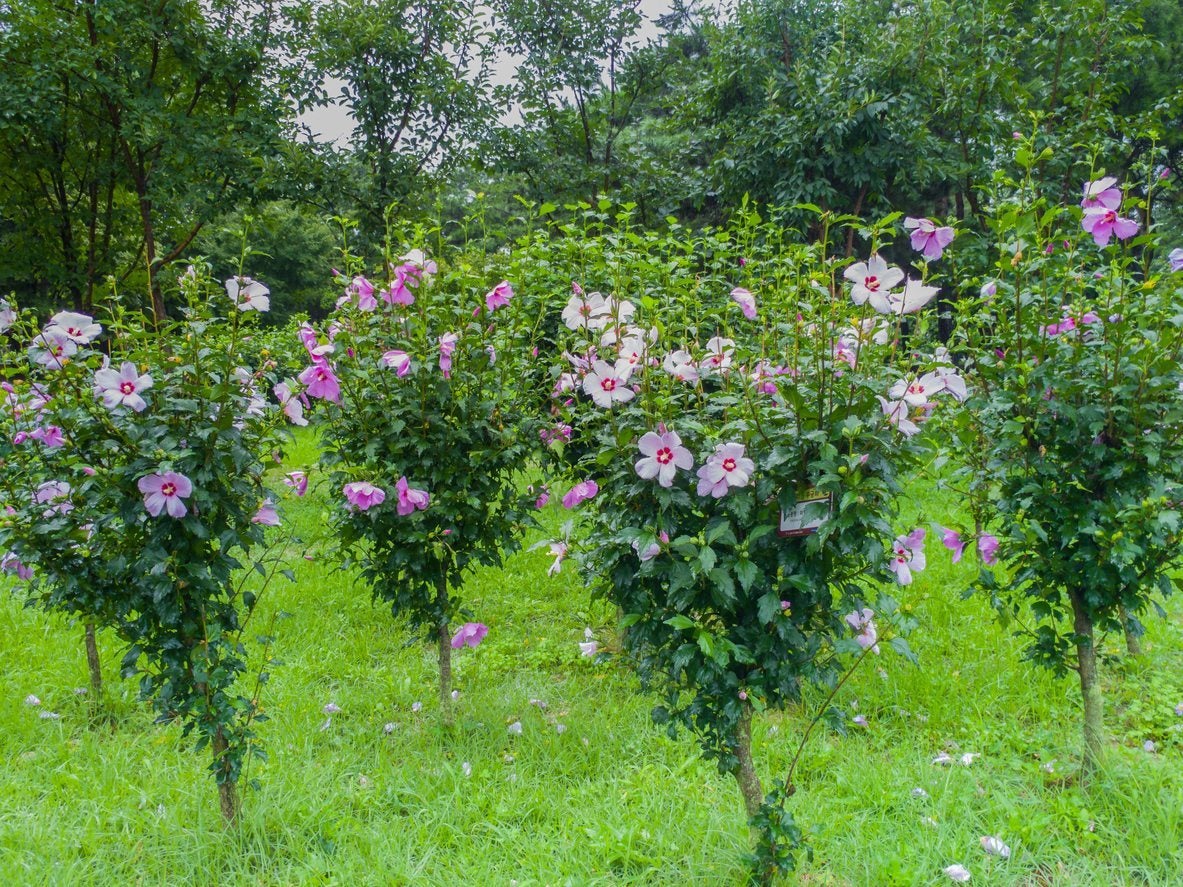 Rose Of Sharon Fertilizer Guide: Learn How To Feed An Althea Plant
Rose Of Sharon Fertilizer Guide: Learn How To Feed An Althea PlantSometimes, as gardeners, the things we do to try to help our plants can actually harm them. For example, rose of sharon shrubs can be very sensitive to over-fertilizing. Learn how to fertilize an althea shrub correctly in this article.
By Darcy Larum
-
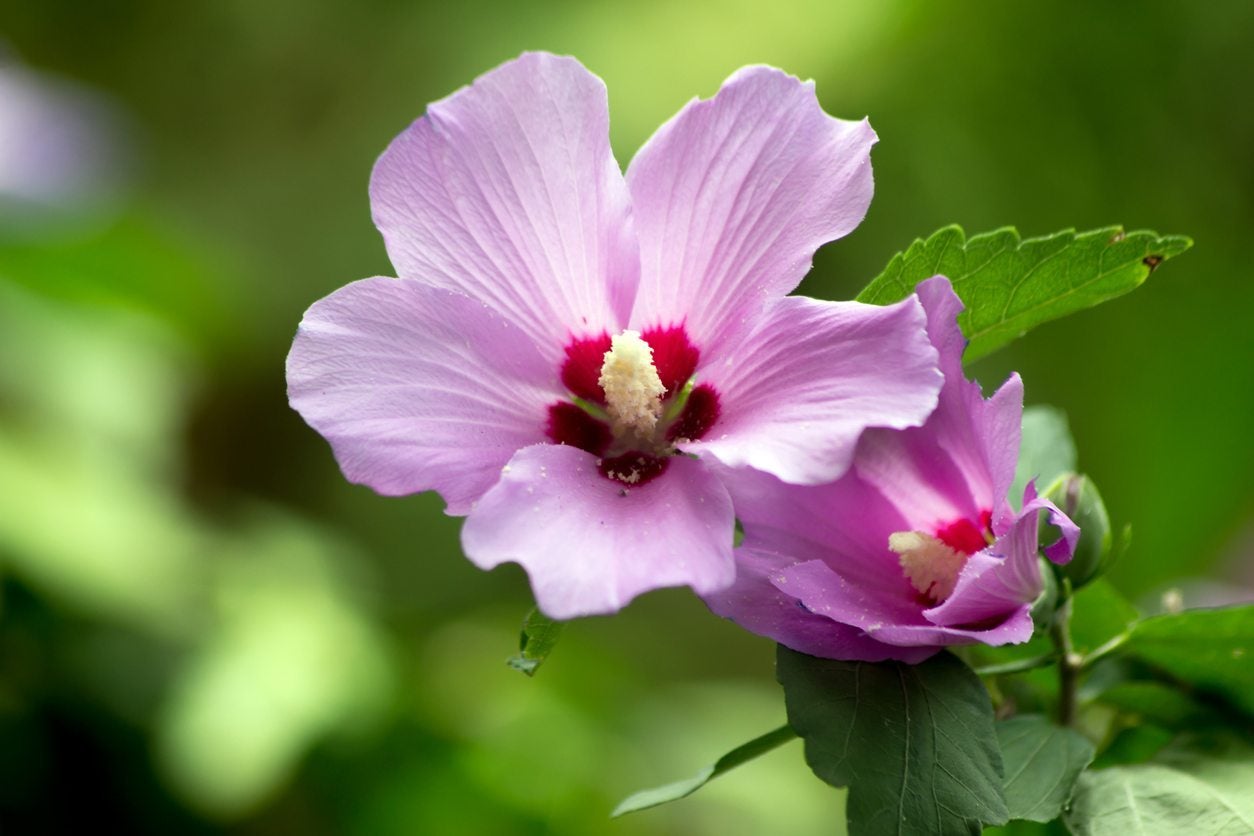 My Rose Of Sharon Is Not Blooming – Reasons For No Rose Of Sharon Flowers
My Rose Of Sharon Is Not Blooming – Reasons For No Rose Of Sharon FlowersA rose of sharon without blossoms is just a nice shrub. If you aren?t seeing any flowers on your rose of sharon, there is likely a simple problem that can be solved, although it may not be until next year that it blooms again. Learn more in this article.
By Mary Ellen Ellis
-
 Rose Of Sharon Winter Care: Preparing Rose Of Sharon For Winter
Rose Of Sharon Winter Care: Preparing Rose Of Sharon For WinterRose of sharon is usually planted in the ground but it can also be grown in containers as a lovely patio plant. Whether in containers or the ground, winter care for rose of sharon may be required. Learn more about overwintering rose of sharon here.
By Darcy Larum
-
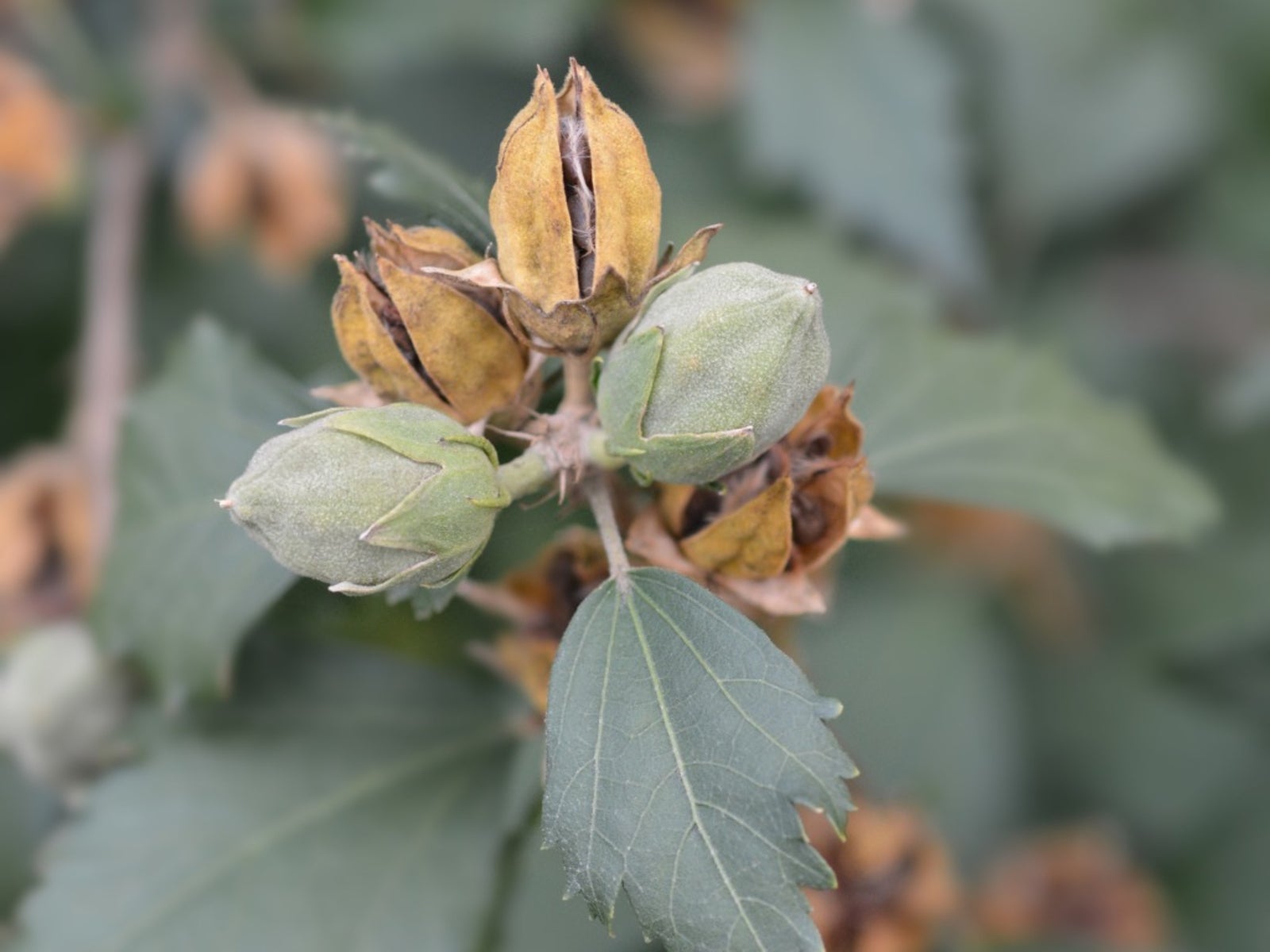 Rose Of Sharon Seed Propagation: Harvesting And Growing Rose Of Sharon Seeds
Rose Of Sharon Seed Propagation: Harvesting And Growing Rose Of Sharon SeedsAlthough rose of sharon commonly reseeds itself, if you're interested in growing your own plants, it is possible to harvest rose of sharon seeds for growing. Learn how to harvest rose of sharon seeds for propagation in this article.
By Darcy Larum
-
 Is Rose Of Sharon Invasive – How To Control Rose Of Sharon Plants
Is Rose Of Sharon Invasive – How To Control Rose Of Sharon PlantsWhen you want to learn how to control rose of Sharon, remember that prevention is always easier than cure. Click here for tips on limiting rose of Sharon growth rate and what to do if your rose of Sharon is out of control.
By Teo Spengler
-
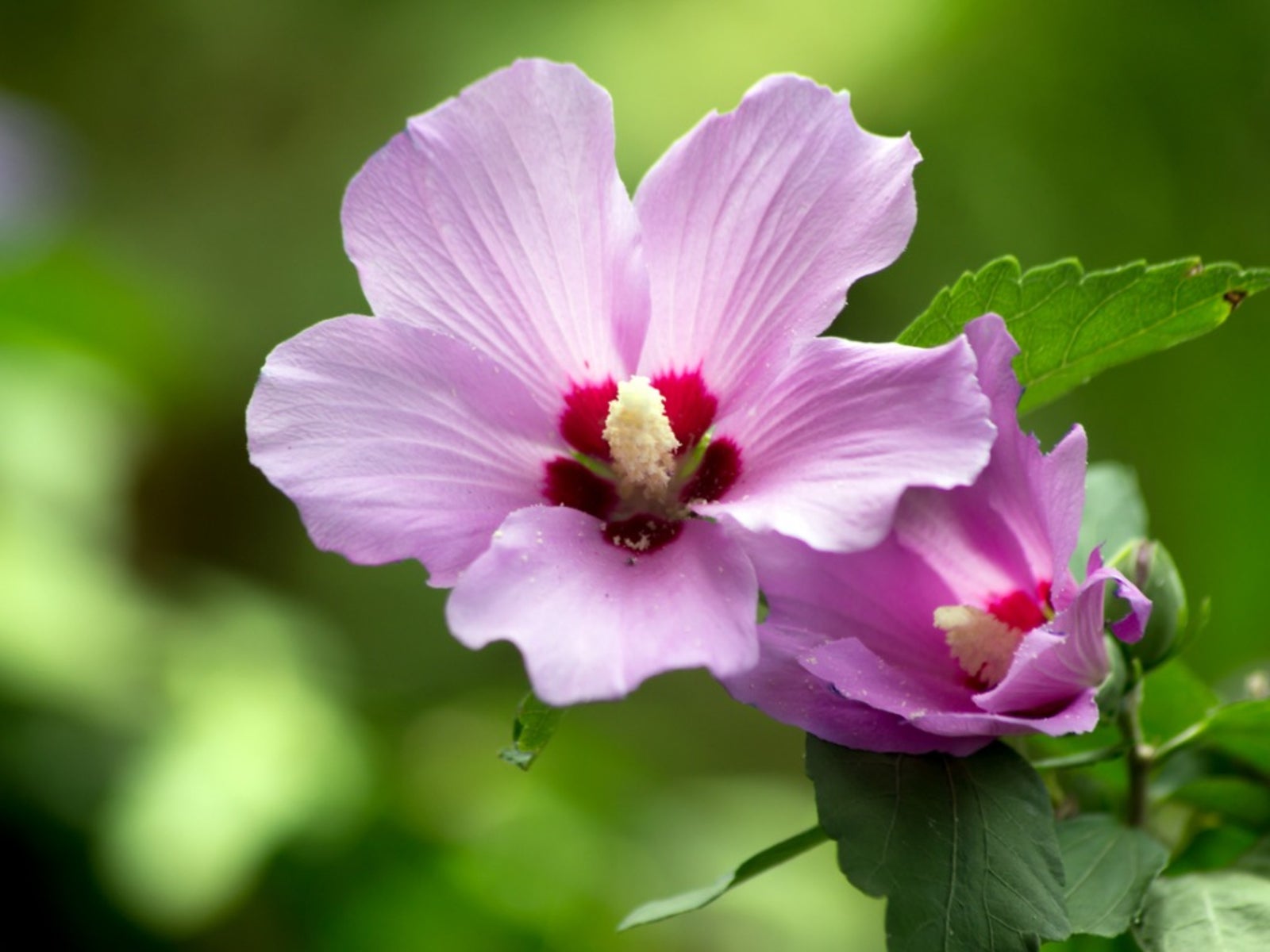 Rose Of Sharon Companion Plants: What To Plant Near To Rose Of Sharon
Rose Of Sharon Companion Plants: What To Plant Near To Rose Of SharonBecause rose of Sharon is rather uninteresting for much of the season, selecting plants that grow well with it can help. This article provides a few great rose of Sharon companion planting ideas. Click here for more information.
By Mary H. Dyer
-
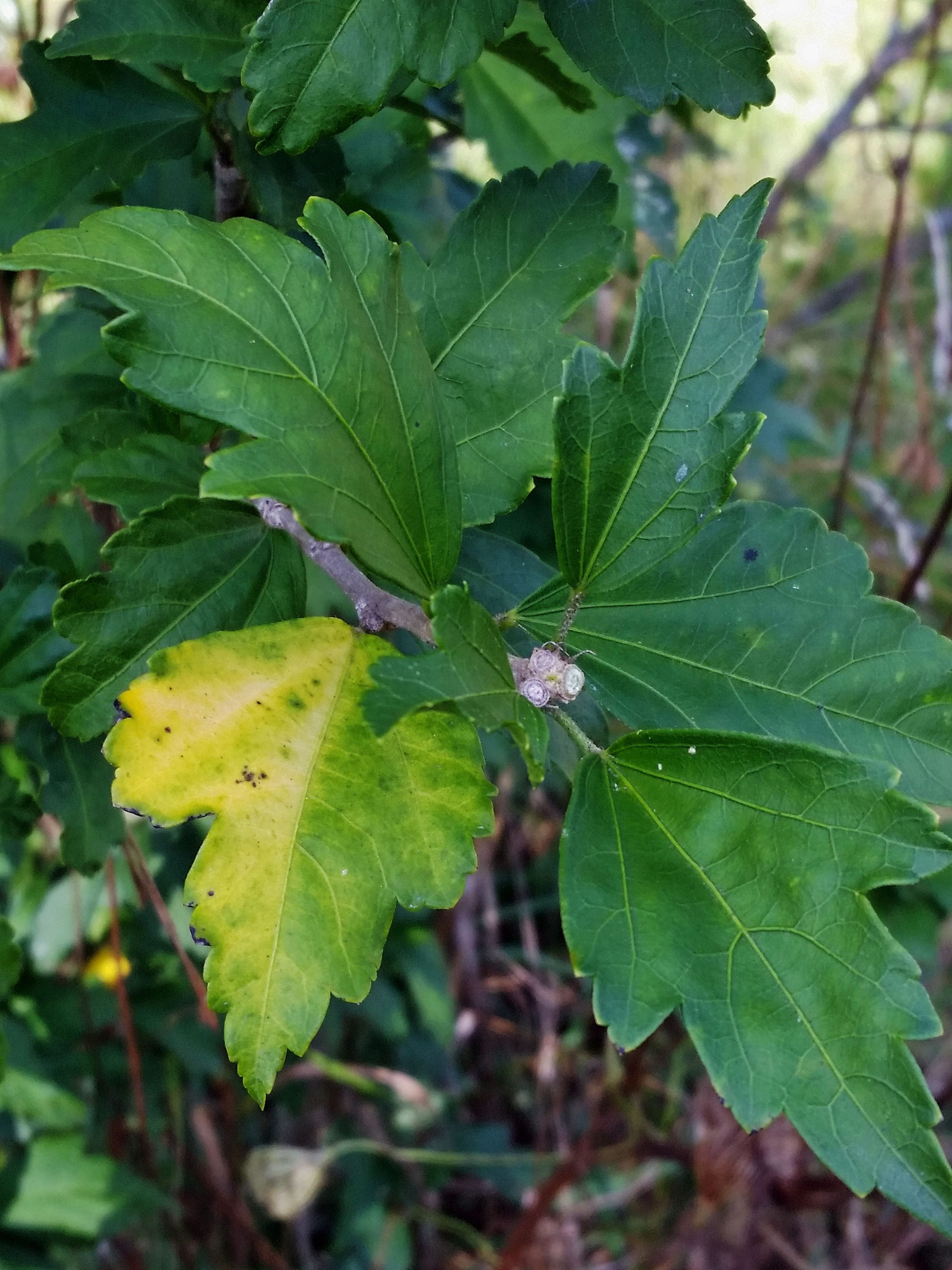 Yellowing Rose Of Sharon Leaves – Why Rose Of Sharon Has Yellow Leaves
Yellowing Rose Of Sharon Leaves – Why Rose Of Sharon Has Yellow LeavesIf you notice your rose of Sharon has yellow leaves, you're understandably perplexed about what has befallen this trusty, late summer bloomer. Click this article to learn a few of the most common reasons for rose of Sharon leaves turning yellow.
By Mary H. Dyer